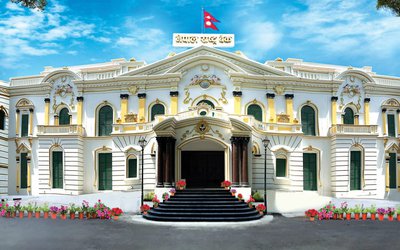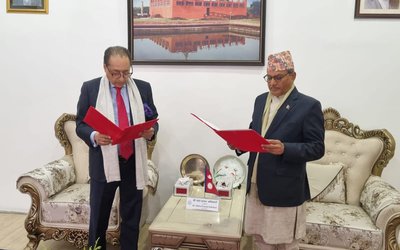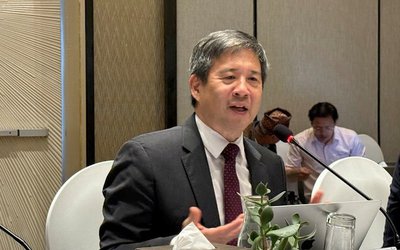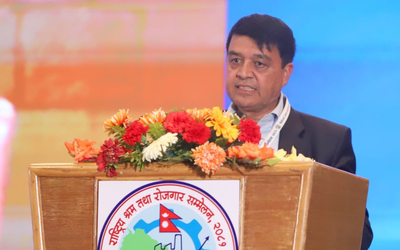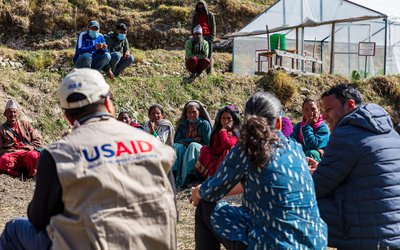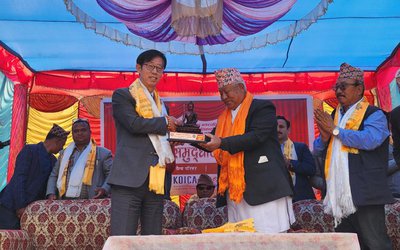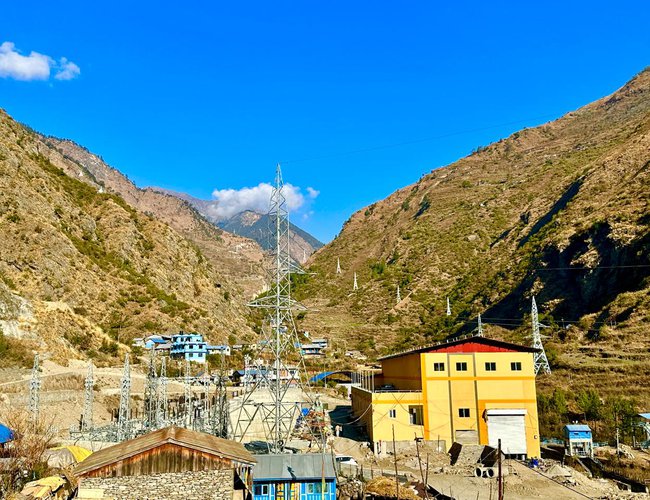
The construction of three hydropower projects in Rasuwa under the leadership of Chilime Hydropower, a subsidiary of Nepal Electricity Authority, has been completed.
With the completion of the three hydropower projects - Rasuwagadhi Hydropower Project of 111 MW, Sanjen Hydropower Project of 42.5 MW and Upper Sanjen Hydropower Project of 14.8 MW- 168 MW of electricity has been connected to the national grid, according to the NEA.
The electricity generated from all three projects has been connected to the national transmission system at the 220/132/33 kV substation built by the Authority at Thambuchet of Aamachhodingmo Rural Municipality, Rasuwa.
Of these, the construction of Upper Sanjen was completed in September last year and has been generating electricity commercially. Electricity generated from this project has been sold to the tune of Rs. 300 million so far.
The construction of the 42.5 MW Sanjen Hydropower Project has been completed and electricity production has started on test by connecting electricity to national transmission line from Friday.
The construction of the 111 MW Rasuwagadhi Hydropower Project has been completed and is currently generating electricity on test.
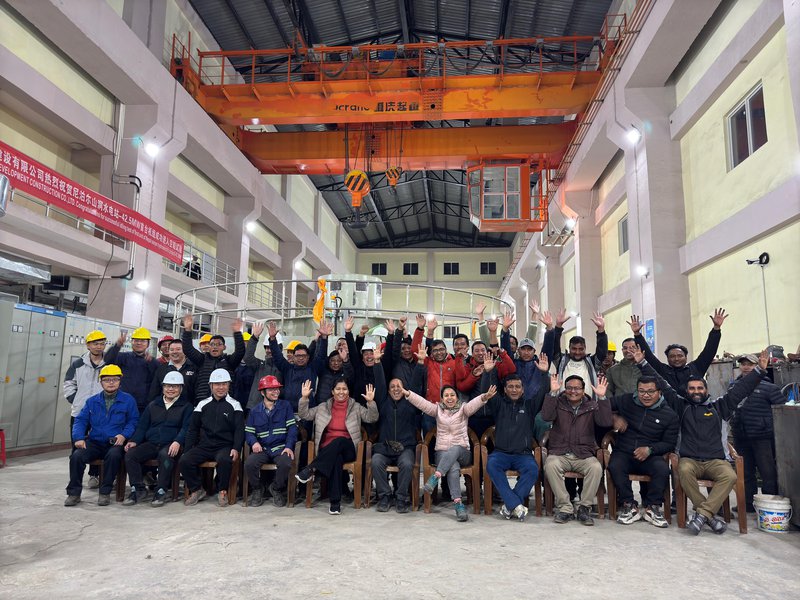
After the test production is successful and the specified standards are met, commercial electricity production from Sanjen and Rasuwagadhi will begin, said the NEA.
Both projects will produce electricity commercially within this month.
The Upper Sanjen, Sanjen and Rasuwagadhi hydropower projects based on run-of-the-river model generate only about 80 MW of electricity during the winter season.
Under the leadership of Chilime Hydropower Company, four projects of 270 MW had been started. Of these, three projects have been completed, except for the 102 MW Middle Bhotekoshi under construction in Sindhupalchowk district.
All the projects were affected by the damage and disruption caused by the devastating earthquake of 2015 and subsequent aftershocks and floods and landslides, weak geological conditions, problems in transportation of construction materials and fuel supply due to the Madhes movement, major floods in the project area every rainy season, the COVID-19 pandemic, and due to the closure of the border with China after COVID.
Managing Director of NEA Kul Man Ghising said that the completion of these projects, which had been delayed due to various reasons, was a great achievement after continuous efforts.
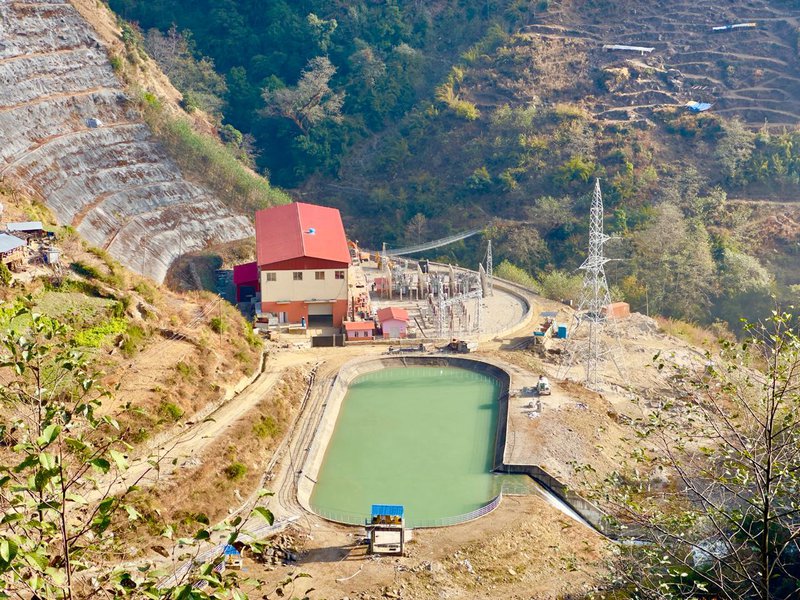
"When I was the Managing Director of Chilime Company, the construction of all four projects was taken forward simultaneously with the investment of the general public. Although the construction of the projects took some time mainly due to external circumstances, the construction of three projects has now been completed and electricity production has started," he said.
"The projects located near the Kathmandu Valley, where there is a high demand for electricity, will help balance and make the electricity system reliable during the winter," he said.
The cost of the projects has increased due to delay in the construction caused by earthquake, blockade, and devaluation of the Nepali currency against foreign currencies and extension of the construction period.
The estimated cost of both projects, Upper Sanjen and Sanjen, was Rs. 7.35 billion, excluding interest during the construction period. Arpan Bahadur Singh, Chief Executive Officer (CEO) of Sanjen Hydropower Company, the promoter of the project, said that the cost of the projects is estimated to be Rs. 9.20 billion, excluding interest during the construction period.
Singh said that according to the estimates, the cost of both projects is Rs. 225 million per megawatt.
The Employees Provident Fund has provided loans to all four projects constructed under the Chilime Hydropower Company. The Chilime Hydropower Company has 39.36 per cent, NEA 10.36 per cent, and the locals of Rasuwa 1.28 per cent founder shares in the company.
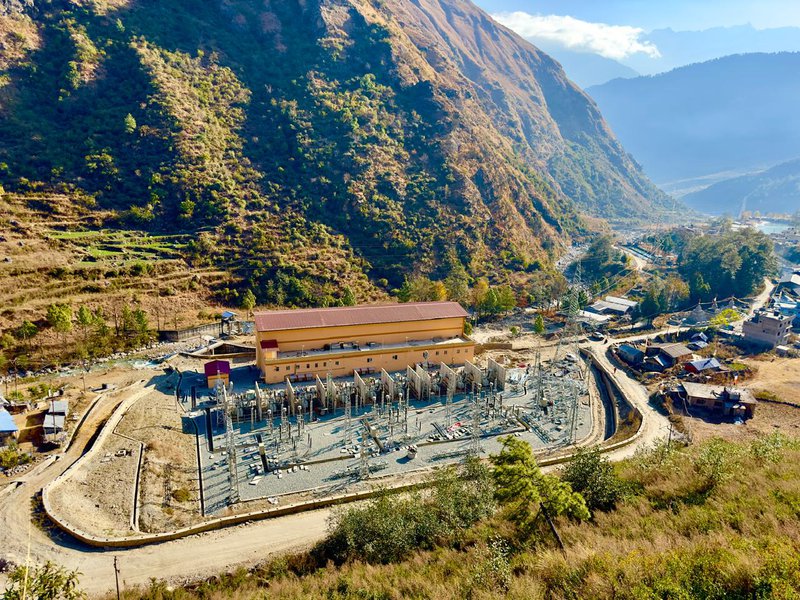
The contributors of the Employees Provident Fund and employees of the company's founding organisations (the Authority, Chilime and concerned local levels of Rasuwa districts) and the employees of the lending organisation (Employees Provident Fund), the project-affected residents of Rasuwa, and the general public have 49 per cent ordinary shares.
Upper Sanjen and Sanjen will generate around Rs. 1.8 billion units of electricity annually. Upper Sanjen can be operated at full capacity for 70 minutes during the evening (peak) when electricity demand is the highest.
CEO Singh said that by storing water in the pond, additional electricity will be generated in the evening during the winter months, which will contribute to balancing the system.
- Foreign Minister Dr. Deuba Offers Prayers At Baidyanath Dham
- Mar 12, 2025
- KOICA Volunteer Supported Namobuddha Municipality Via Construction Of A Tourist Information Center
- Mar 12, 2025
- Exports Increase By 46.5 Percent
- Mar 12, 2025
- Weather Forecast: Partly To Generally Cloudy With Rain in Few Places of Koshi, Bagmati and Gandaki Provinces
- Mar 12, 2025
- Nepal Investment Mega Bank Chairman Prithvi Bahadur Pande Takes Oath.
- Mar 11, 2025
